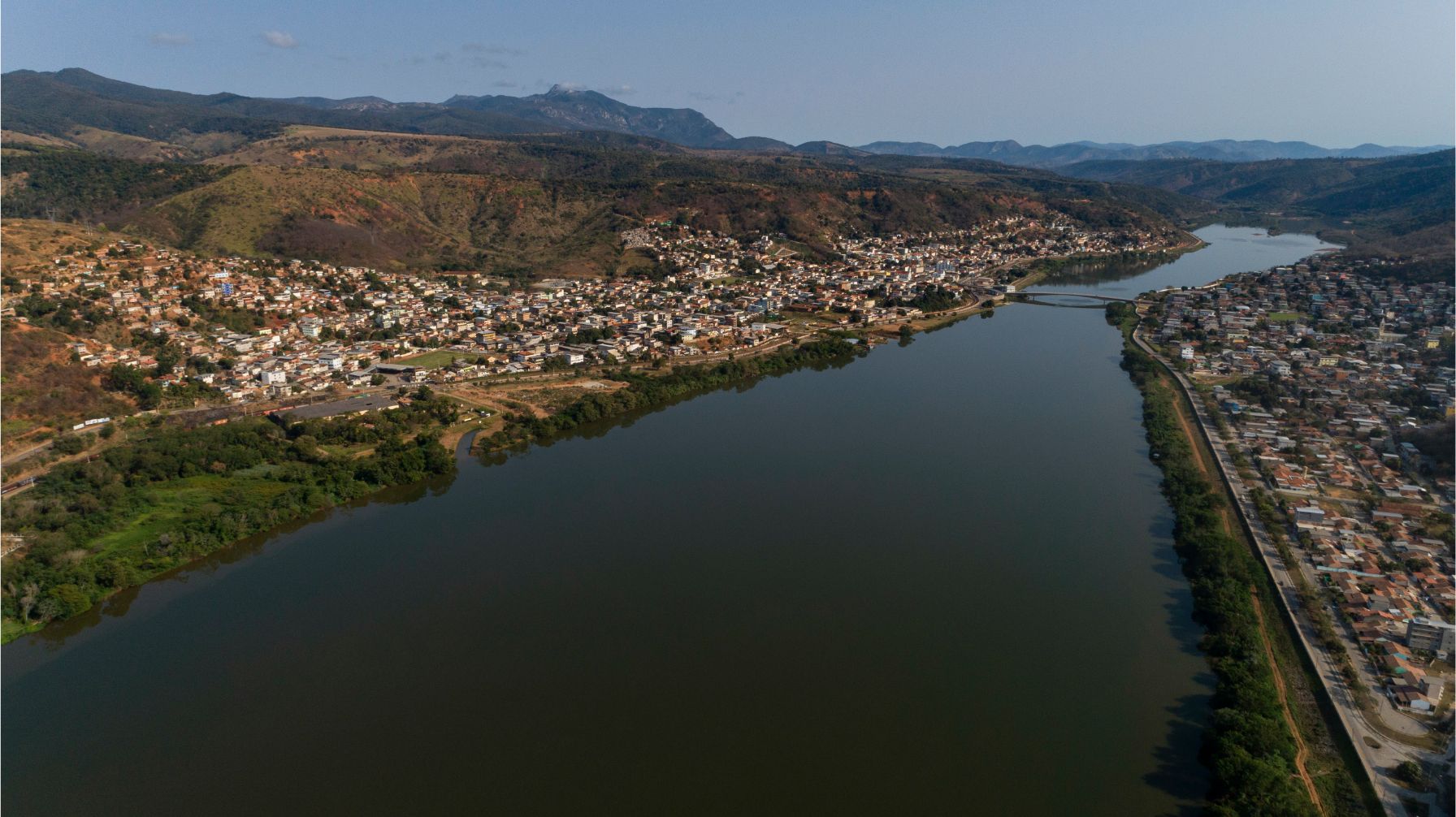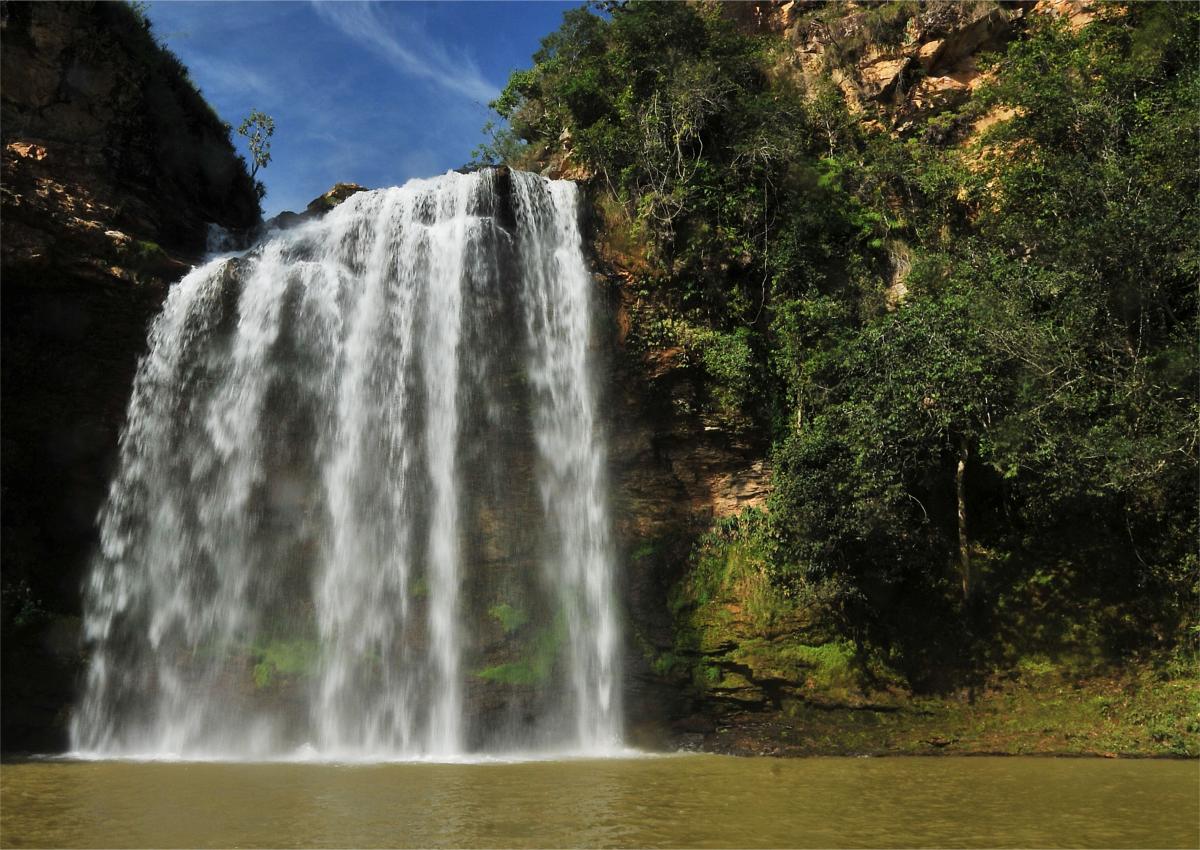The Rio Doce Panel proposes a novel approach to evaluate tailings impacts on coastal and marine environments
A collaborative document addresses the challenge of turning data and information into knowledge to support decisions about the region's recovery
Gland, November 29, 2022 – The impact of the Fundão tailings dam failure on coastal and marine environments is still unknown, in part due to the isolated assessments that have been used over the past seven years, states the Rio Doce Panel of independent experts in its final report.
"This lack of knowledge is one of the most significant gaps in the process of restoring the Rio Doce Basin," says Luis Sánchez, impact assessment expert and member of the Rio Doce Panel. He adds that "monitoring programmes, scientific research and targeted studies have gathered extensive data and information and we are proposing a methodological approach to conduct a retrospective (ex post) assessment of tailings impacts based on pre-existing data.
The 5th and final Thematic Report authored by the Rio Doce Panel - The environmental impacts of a major mine tailings spill in coastal and marine environments: lessons and recommendations for ex-post impact assessment - proposes a new methodology for assessing impacts in coastal areas that provides guidance on how to extract evidence of impacts from data derived from environmental monitoring programmes. It also provides specific recommendations for key stakeholders in charge of restoration and advice for using the tool in other disaster-related contexts. For the Rio Doce, the approach suggests using existing evidence and scientific analysis to identify, describe and assess the impact of tailings on biodiversity in the river mouth and its vicinity.
The Report provides a brief history of monitoring initiatives and studies in coastal and marine environments and points out that conflicting analyses can curtail a broader understanding of the situation as a whole and complicate decisions tied to restoration actions. The Report also shows how other international experiences have dealt with uncertainty, providing valuable lessons to the Rio Doce context.
To develop the report and the methodology, the Panel led a series of eight workshops between December 2021 and July 2022 and worked closely with the Renova Foundation and the Brazilian Foundation for Sustainable Development (FBDS, Fundação Brasileira de Desenvolvimento Sustentável), which supports the assessment and establishment of conservation strategies for the Rio Doce Basin in the context of the Aquatic Biodiversity Monitoring Programme (PMBA, Programa de Monitoramento da Biodiversidade Aquática).
Throughout the development process, the methodological proposal was also presented to, and discussed with, technical personnel from the Inter-federative Committee's Technical Chamber on Biodiversity (CT-Bio/CIF) and from Vale who are directly involved in monitoring programmes carried out in the coastal region.
At the online launch event, Luis E. Sánchez, lead author of the report, presented the methodology and explained how the proposal was compiled: “we took a time-line with a certain reference date and made a retrospective evaluation, looking back into the past to understand the consequences of certain phenomena and make decisions on actions to be taken".
Sánchez also reiterates the importance of clarity and objectivity when disseminating results, ensuring that they are accessible to everyone. ”To facilitate communication with decision makers and stakeholders, reports need to be written in a simple language," he says.
International environmentalist Yolanda Kakabadse, Chair of the Rio Doce Panel, emphasises the need for a more prepared and resilient society: "we are never well prepared for a disaster, but the most important thing is to have the tools to respond to them. We need to be sufficiently prepared to deal with impacts from any phenomenon."
Mediated by professor Marcelo Montaño from the University of São Paulo (USP), the event was attended by Laila Medeiros, social and environmental programme coordinator at the Renova Foundation, and Aliny Pires, a professor at the State University of Rio de Janeiro (UERJ) and expert at the FBDS. The two speakers described the foundations of the methodology and its use by the Renova Foundation and the results of the pilot initiative implemented by FBDS, which should be expanded to other areas of the river mouth.
A recording of the event - with the technical presentations by the Rio Doce Panel, the Renova Foundation, and the FBDS - are available on IUCN South America's YouTube channel: https://www.youtube.com/watch?v=4e3LROly-Aw
Download the full report:
English: https://doi.org/10.2305/IUCN.CH.2022.11.en
Portuguese: https://doi.org/10.2305/IUCN.CH.2022.11.pt
The recording of the event with the technical presentations by the Rio Doce Panel, the Renova Foundation, and FBDS, are available on IUCN South America's YouTube channel:



